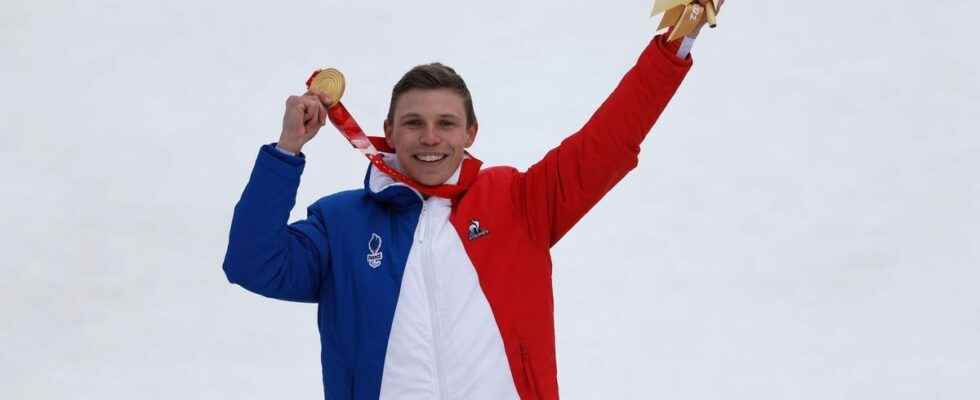Published ,
Reading 2 mins.
For Arthur Bauchet, the disease from which he suffers, spastic paraparesis was not an obstacle to his career as an alpine skier. Indeed, he has won several trophies despite this hereditary disease which affects the lower limbs, which can cause difficulty in walking.
Spastic paraparesis is a rare hereditary disease that causes significant muscle weakness in the legs. Also called Strümpell-Lorrain disease, this pathology is characterized by a stiffness called spasticity that can cause gait disturbances. Paraparesis affects between 1 to 10 people in 100,000, regardless of age. Indeed, symptoms can occur at any age from one year.
Spastic paraparesis is manifested by the appearance of exaggerated reflexes followed by cramps in the lower limbs. The muscles contract briefly and involuntarily: these are called clonia. The patient then suffers from muscle spasms causing him to walk jerkily.
This is why the French skier Arthur Bauchet achieved a feat by winning three gold medals at the Paralympic Games in Beijing this winter 2022. The sportsman declared the disease in 2015, at the age of 17, when he had already started his career. The diagnosis was made while he was immobilized as the pain made him suffer.
Is there a treatment?
The treatment of spastic paraparesis is essentially based on two types of treatment:
- physiotherapy and physical exercise;
- Medication.
The goal of treatment is to relieve the symptoms of this inherited condition. Physiotherapy allows the patient to maintain mobility while physical exercises serve to maintain muscle strength. The patient remains flexible, thanks to ample movements. Muscles tire less quickly. This treatment helps prevent cramps and spasms.
As for drugs, it is generally a muscle relaxant that is prescribed first, it is baclofen. Its main role is to reduce muscle spasticity. But other treatments can be given to patients, such as the injection of botulinum toxin. Some people may also need to use splints or crutches.
For example, Arthur Bauchet revealed “At first, I took one pill a day. Five years later, I’m up to eight, with evening drops and Botox injections in my legs once or twice a year.”.
Indeed, the symptomatology and evolution of spastic paraparesis are very variable depending on the patient.
